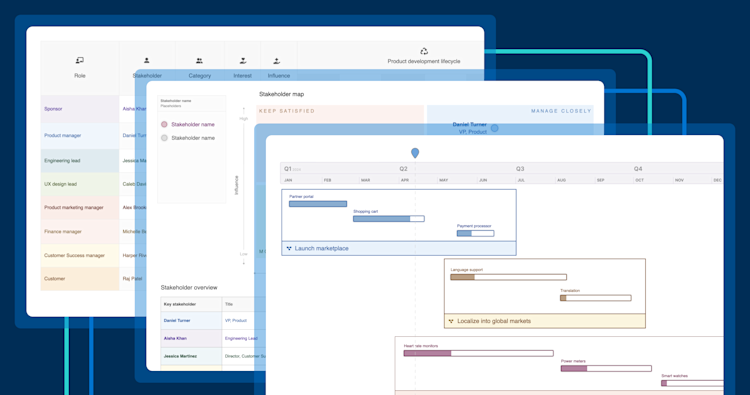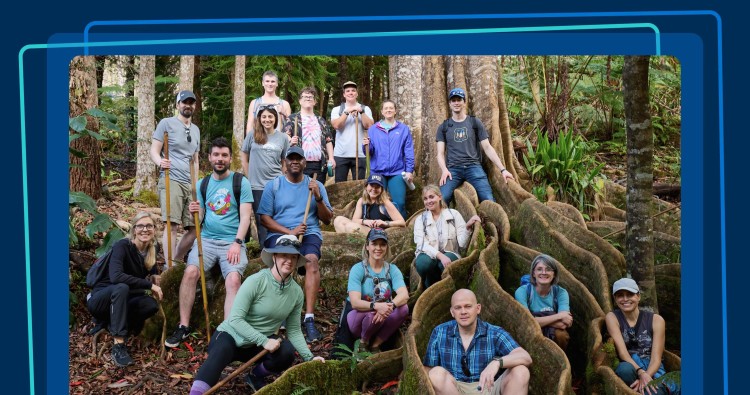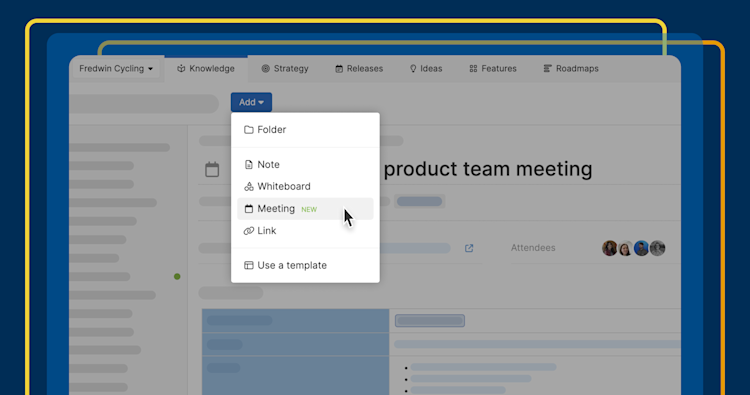
Is your product wiki helping or hurting? | Photo by Jodi B Photography
How do you really feel about your product wiki?
Misinformation is fun ... when you are playing a prank or game of telephone. But when you are looking for something you need to complete your work — product positioning or workflow notes, for instance — you do not want to be misguided. It is confusing and inefficient when documentation is poorly organized and outdated (or worse: missing). But it does not have to be this way.
Your product wiki should not give teammates the runaround. With care, it can be a trusted source of truth that empowers everyone to work more confidently.
The term "wiki" conjures different ideas depending on the context, such as a publicly editable website or a secure internal documentation tool. For the purposes of this blog, we mean the latter. Our own product team uses Aha! Knowledge to build, maintain, and share internal team docs. The contents can vary, but our product wiki includes things such as:
Foundational product knowledge (e.g., positioning, personas, and a stakeholder map)
Industry best practices and market research
Diagrams and guidelines on how we work, which is called The Aha! Framework for product development
Meeting agendas and follow-up notes
Onboarding materials
This documentation is created by different people on the team and at different times during the product development process. And it is never done — we are continually updating and refining it. Some docs need more ongoing maintenance than others.
We are pretty disciplined about keeping internal documentation fresh. But it can still be a challenge for us because we are always building. We know it is a challenge for our customers, too. When you move fast to deliver what customers want, it is natural to prioritize work that is more "visible" or urgent. The process of creating and updating documentation might be seen as less glamorous or less celebrated than feature work.
There is no way around it: If you want your product wiki to be a valuable asset, you have to treat it like one.
You might get away with skipping documentation in the short term, but this becomes more problematic as the team and product offerings grow. Established team members simply cannot spread everything worth knowing via meetings, 1:1 conversations, or Slack messages. At the same time, newer teammates deserve a reliable repository of information to help them navigate team roles and agreed-upon workflows.
We asked the Aha! community to share what is most painful when it comes to product documentation. Below is what you had to say — with tips from us on how to solve each challenge. Although these tips are most relevant if you use Aha! Knowledge, many apply even if you do not.
Product documentation is sparse
Trying to recall which activities are typically included in your launch plans? Looking for a summary of a meeting you missed? Good luck — the information does not exist or is incomplete.
What to do: Make an inventory of what should ideally be included in your internal documentation. (We started a list for you.) Quickly plot these items on a 2x2 prioritization matrix to identify which ones to tackle first. When it comes time to draft, use our AI assistant to make lighter work of it.
Information is stale
From years-old customer interview notes to obsolete workflow docs, outdated information gets in the way of what people need access to today.
What to do: Create recurring to-dos at set intervals to update documents as needed. Empower team members to request updates when they spot inaccurate information. Lastly, archive old docs in a separate folder so they stay out of the way.
Inconsistency reigns
Individual docs are like snowflakes: Each one is written and formatted differently. It is like you have to decode "how" to read the thing before you can get to the actual content or message itself.
What to do: Use folder and document hierarchies that make sense for your team. Agree on naming conventions for document titles. And build templates for docs of the same type or style.
Ownership lacks
"Somebody else will get to it." If you think that way, you might be the problem. Sure, there could be certain roles on the team focused on documentation more than others — but an effective wiki is a shared responsibility.
What to do: Let folks know what kind of information they should or should not edit if they see anything amiss. Assign owners to key folders or sections. You also want to be intentional about user permissions, particularly if you do not want document editing to be a free-for-all.
Everything is scattered
Teams using separate workflow management platforms. Three document-sharing tools. Two chat apps. Yikes. When information is scattered across tools, you spend more time looking for answers than getting them.
What to do: Bring all notes, files, images, whiteboards, and more into a central knowledge hub. If you choose Aha! Knowledge, it seamlessly integrates with Aha! Roadmaps so product information lives alongside the team's daily work.
Looking for more tips on elevating your product docs? Join us for a live tutorial.
Team wikis can be wonderful when managed well. We would love to show you how. Register for our next tutorial and take better control of internal product documentation. (Bring your teammates!)
Get tips on using Aha! software — delivered to your inbox. Subscribe to the Aha! newsletter.




